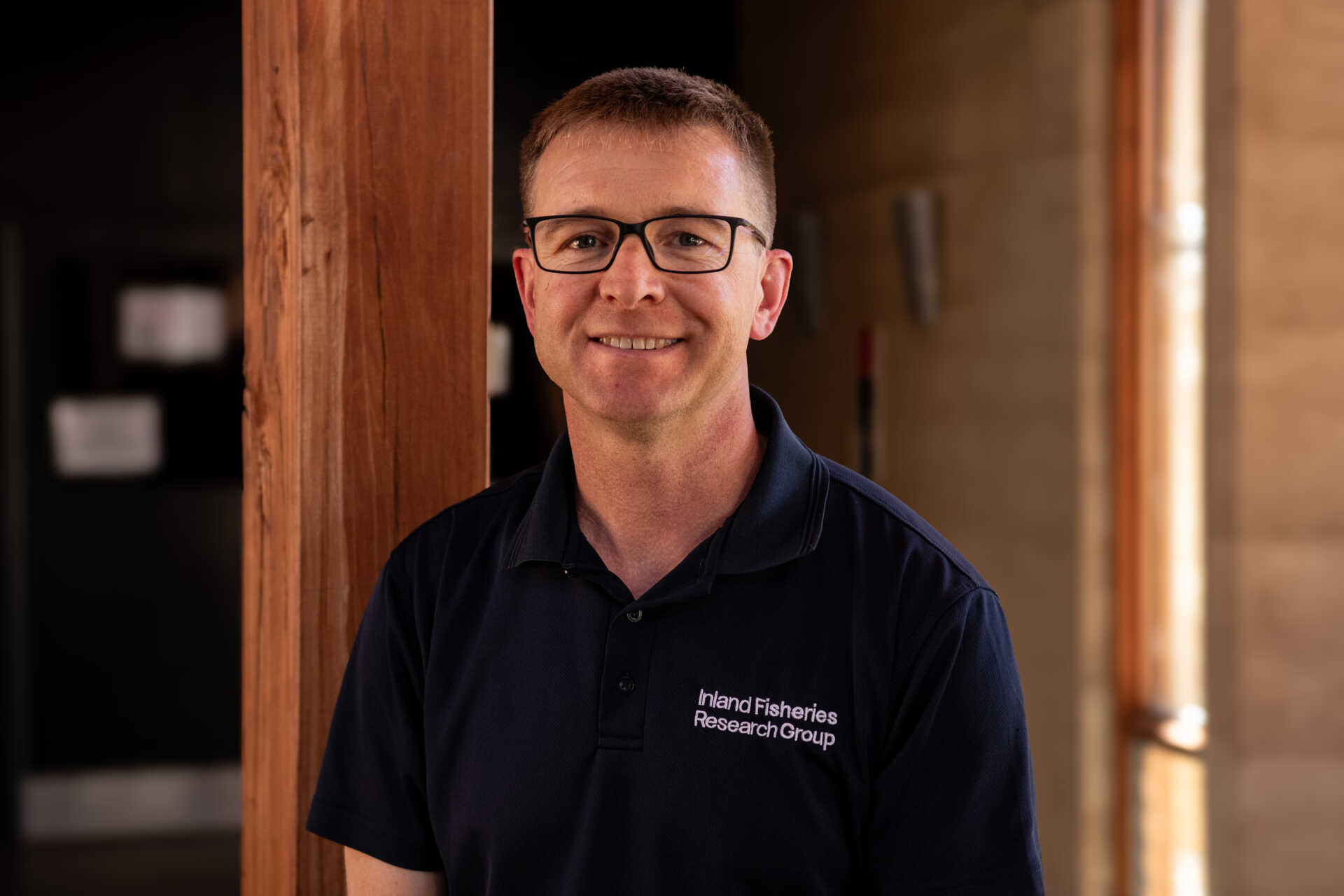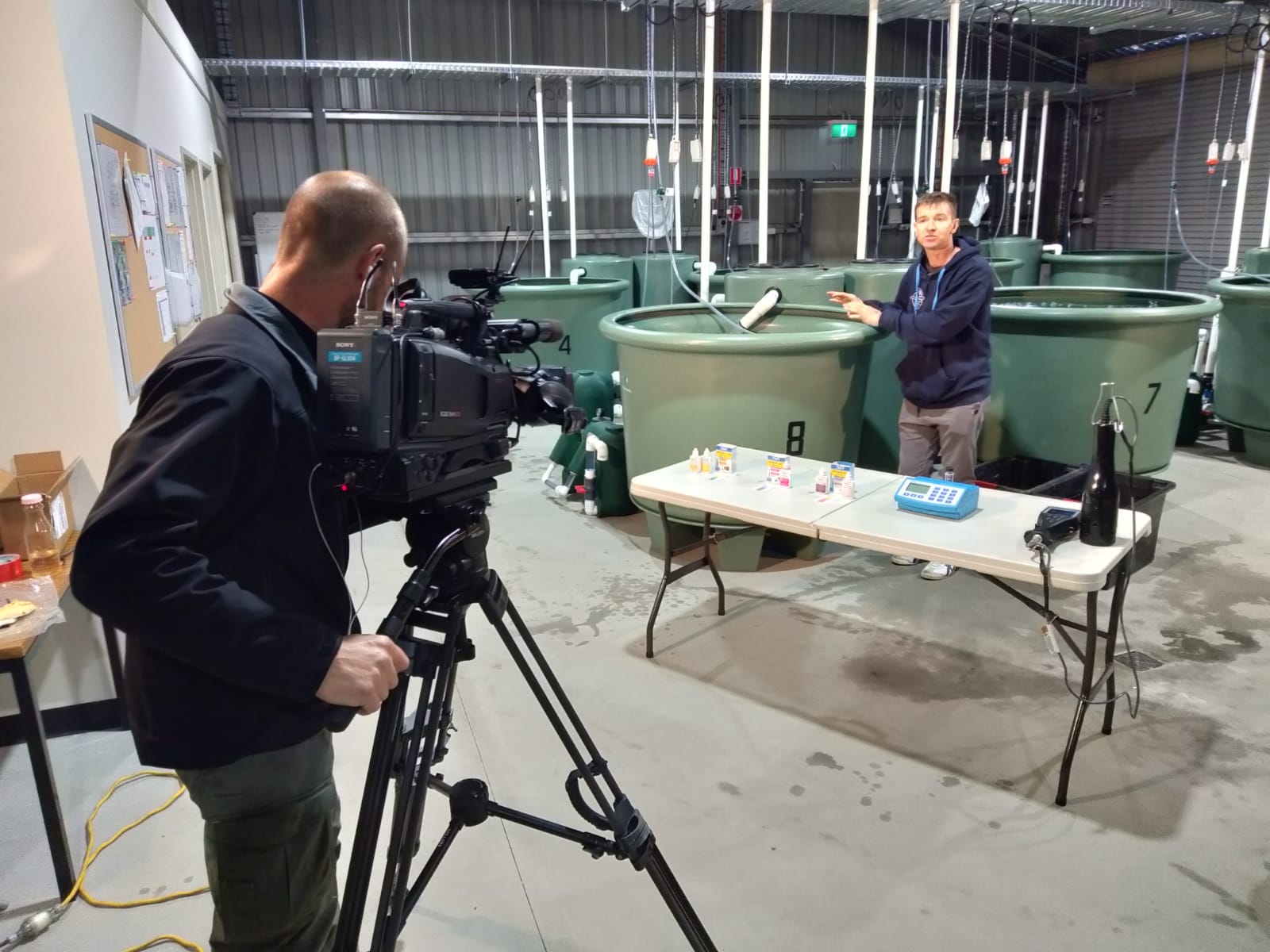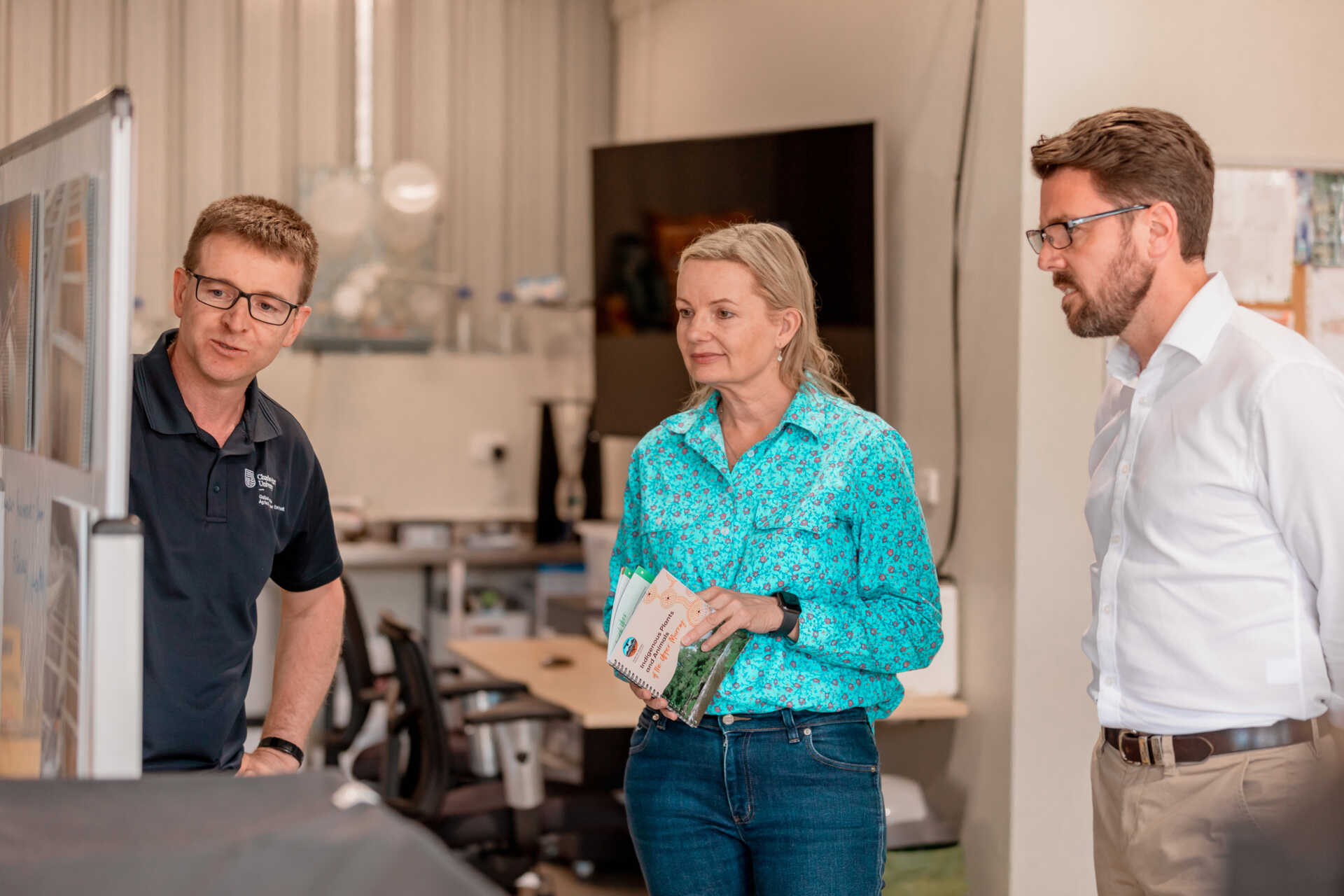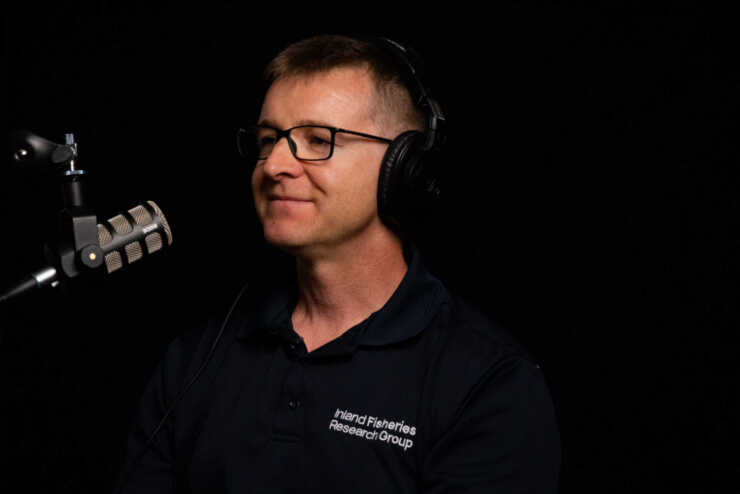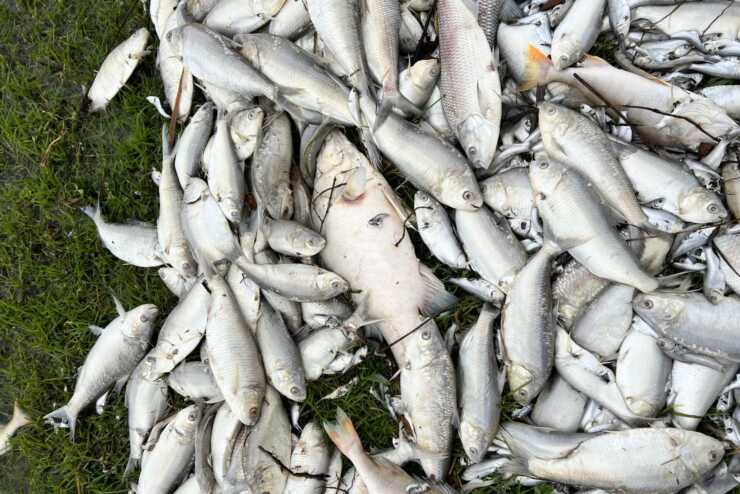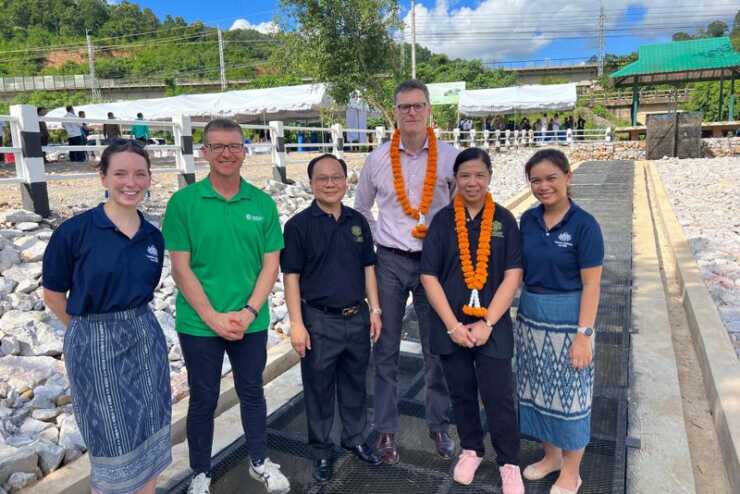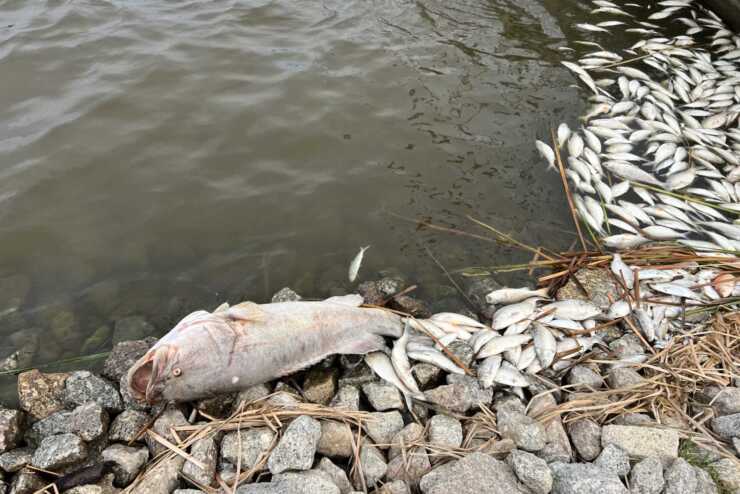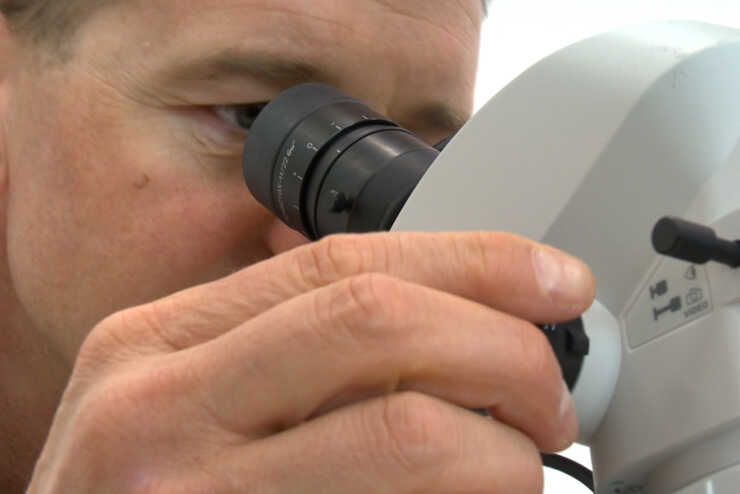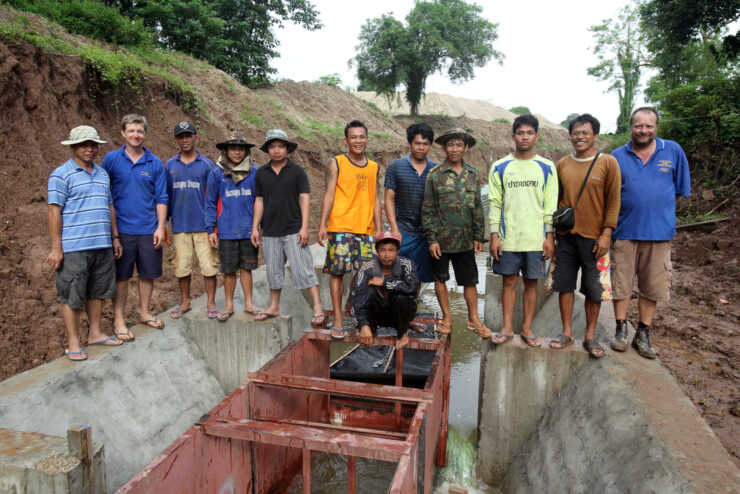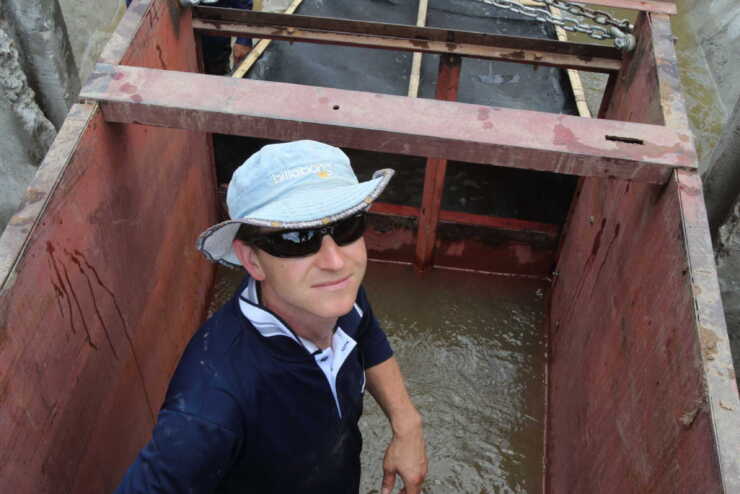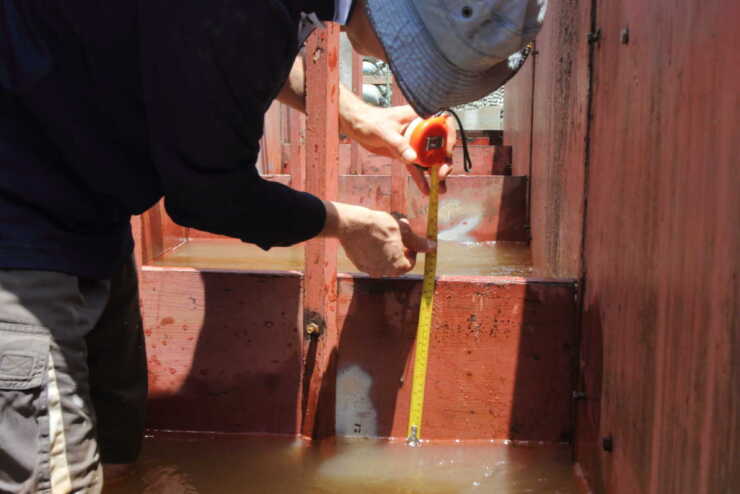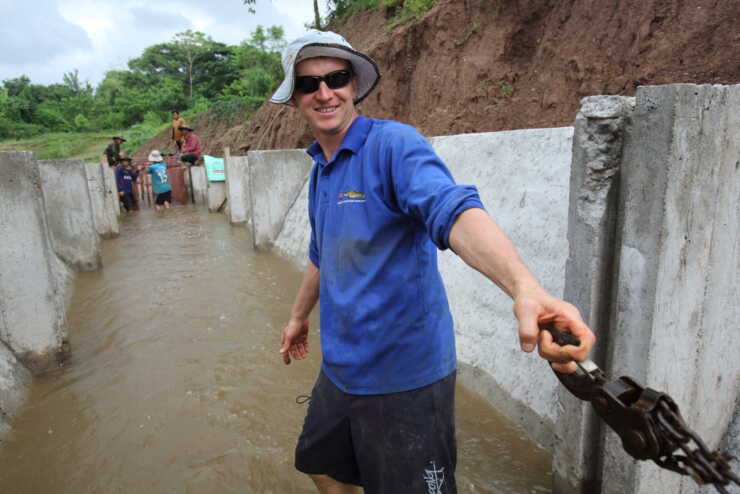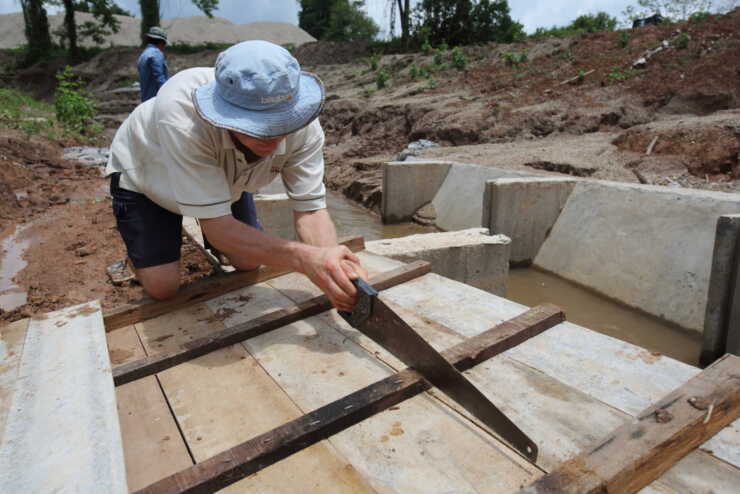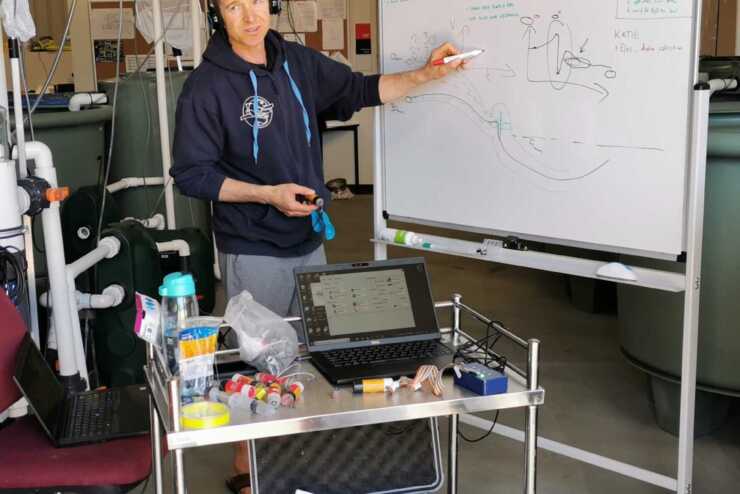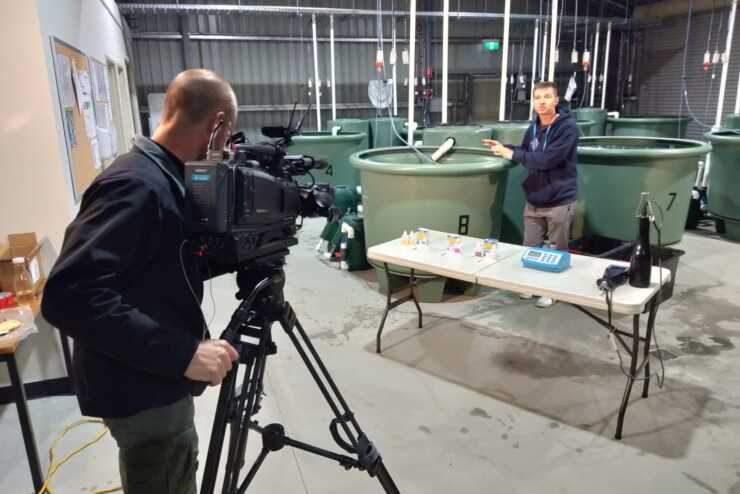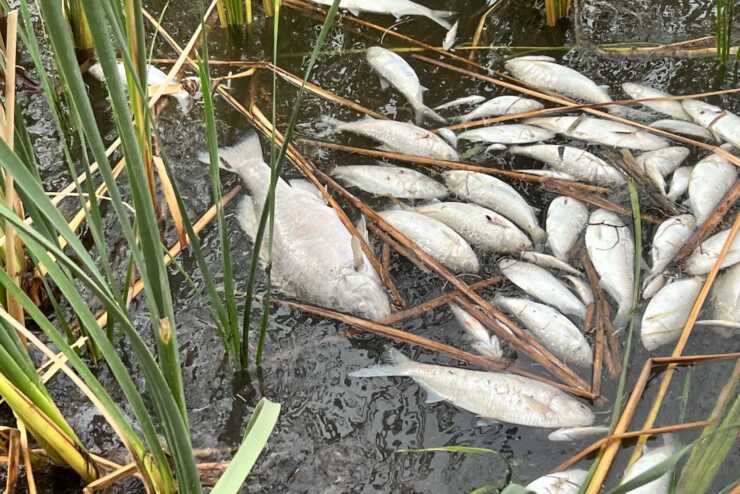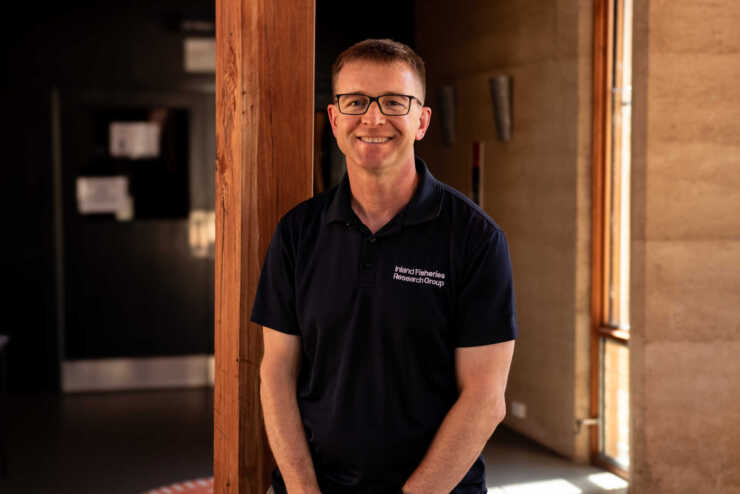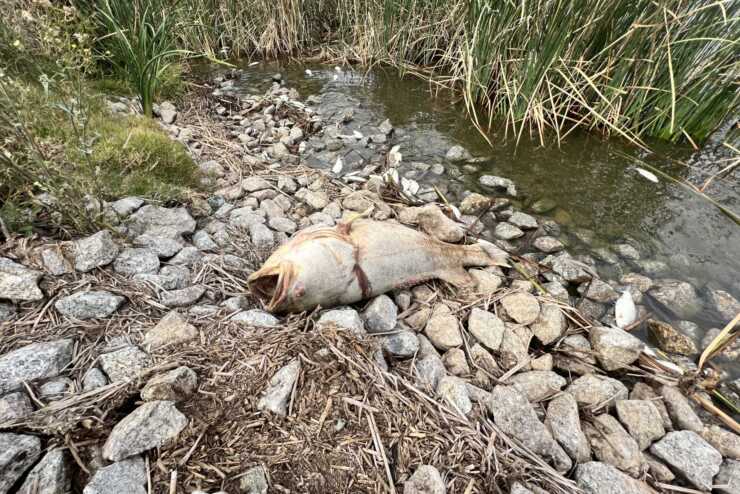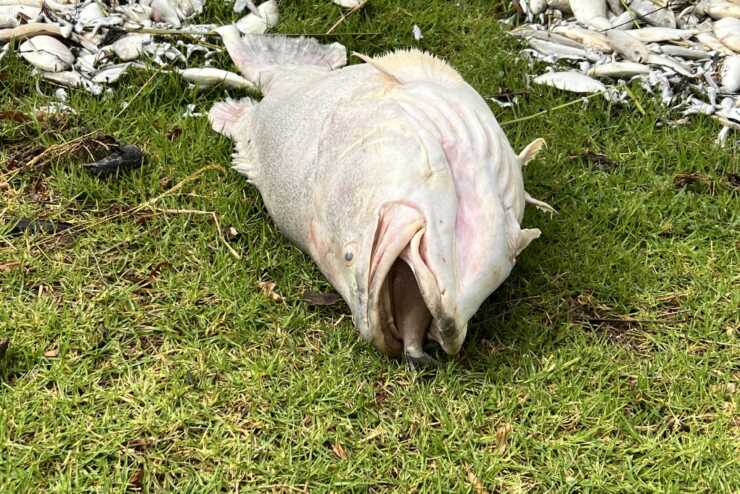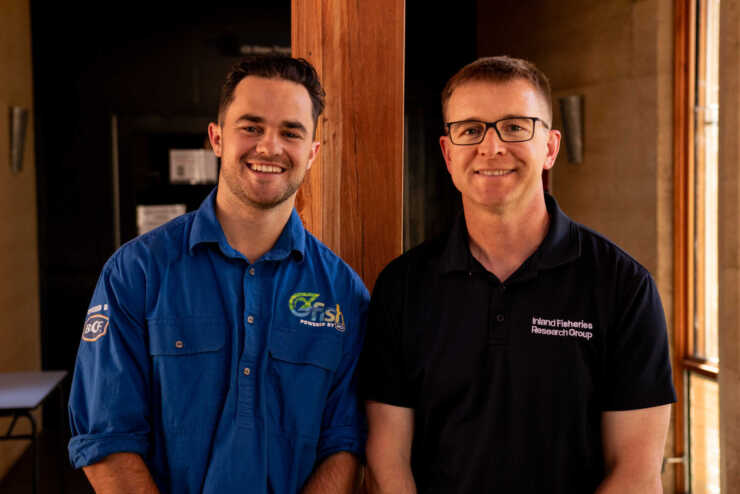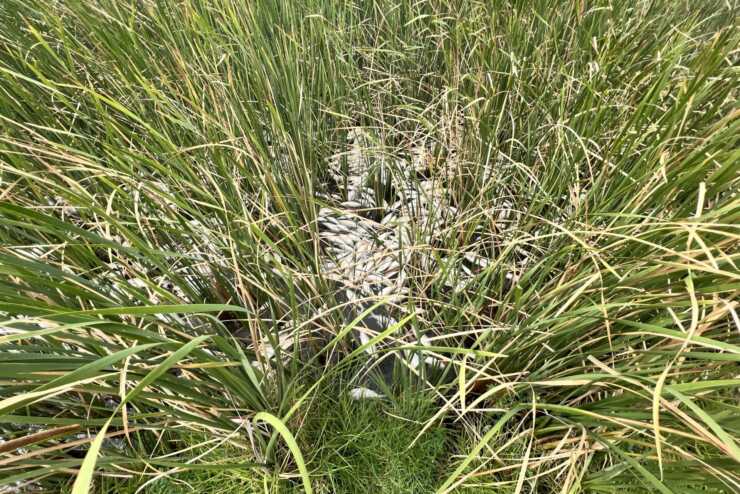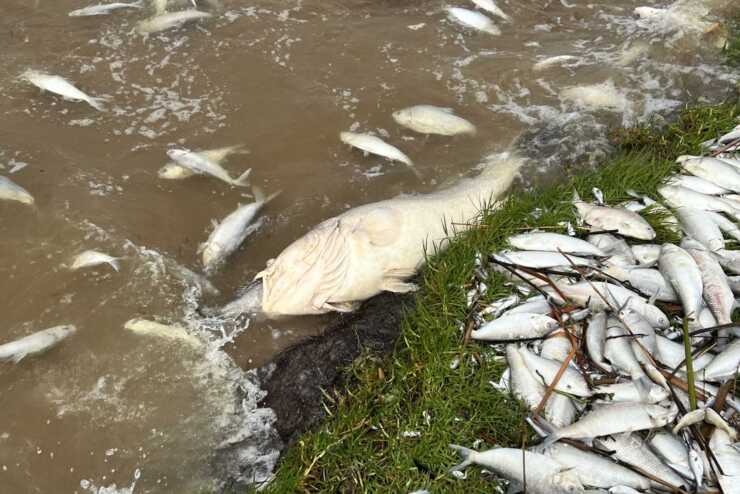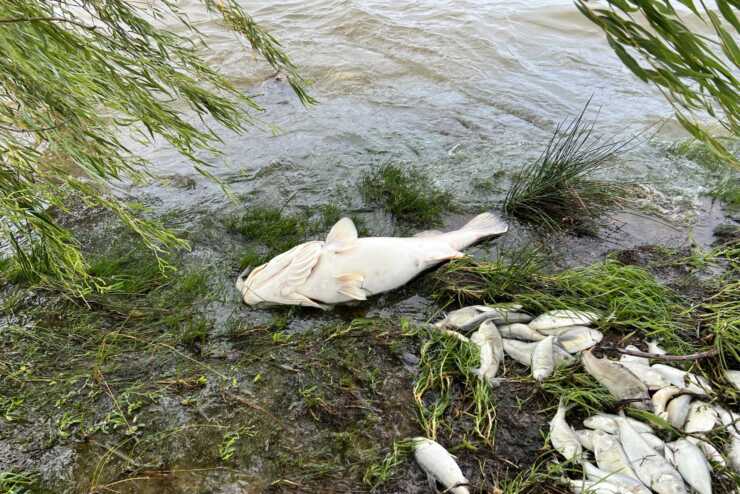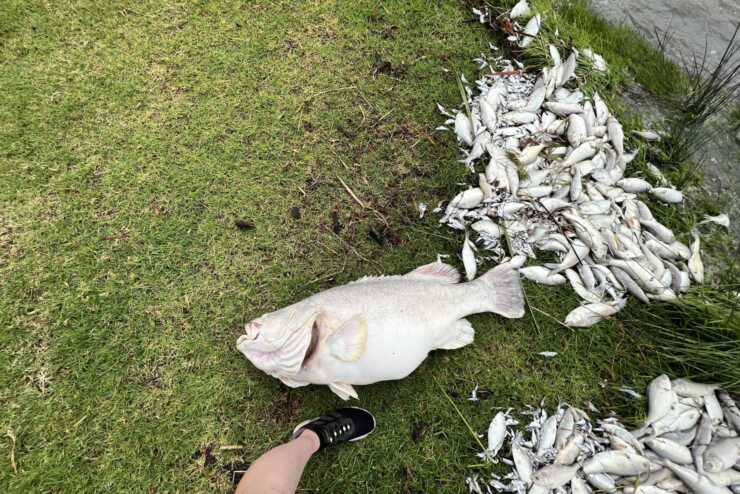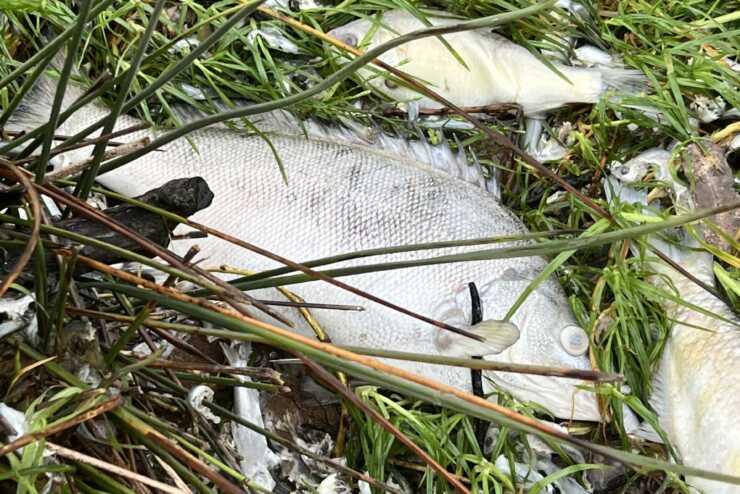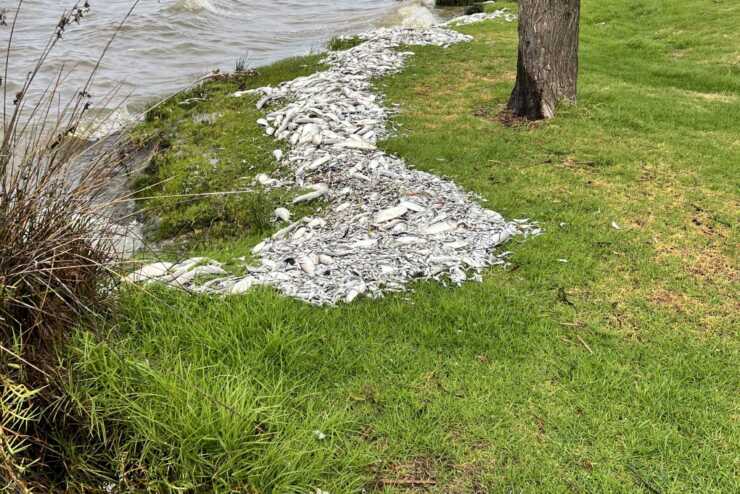Prof. Lee Baumgartner
Prof. Lee Baumgartner stands as a revered figure in the realm of applied research, best known for his groundbreaking contributions to the intricate interplay of food, water, and energy. His work is particularly pivotal in regions where water serves as a lifeline for sustenance and economic activities, playing a crucial role in irrigation and hydropower. Lee directs his focus to communities reliant on fish, a cornerstone of biodiversity, nutrition, and income. However, these aquatic populations face a dangerous decline due to extensive river development, prompting Lee’s active involvement in government inquiries into fish kills.
Prof. Lee Baumgartner is no stranger to the corridors of power, having contributed to parliamentary inquiries and been appointed to prime ministerial advisory panels. His outreach extends to international and national media, where he tirelessly promotes the cause of healthy rivers. A recipient of prestigious awards, including the NSW Crawford Medal, Lee holds a Ph.D. in applied ecology from the University of Canberra (2005). Having only recently completed his commitments on the government panel enquiring into the fish kills, Lee offers insight into how environmental enquiries work. The transparency, which is important for the rec fishing community gaining trust in our respective state fisheries managements, leads the discussion to looking below the surface at what actually happened in the 2018 and 2023 fish kills.
Collaborating with a diverse spectrum of professionals—engineers, functional ecologists, social scientists, policy experts, and water professionals—Lee addresses the multifaceted challenges confronting these communities. Passionate about nurturing healthy rivers, his mantra, “A healthy river is an economic and environmental engine,” encapsulates the essence of his recent research and advocacy.
Beyond the realms of science and advocacy, Lee reveals a more personal facet—a passionate fisherman with a love for Port Phillip and Corio Bay. Whether chasing snapper, whiting, or flathead, he finds solace in the waters, embodying a harmonious connection between his professional pursuits and personal pleasures.





